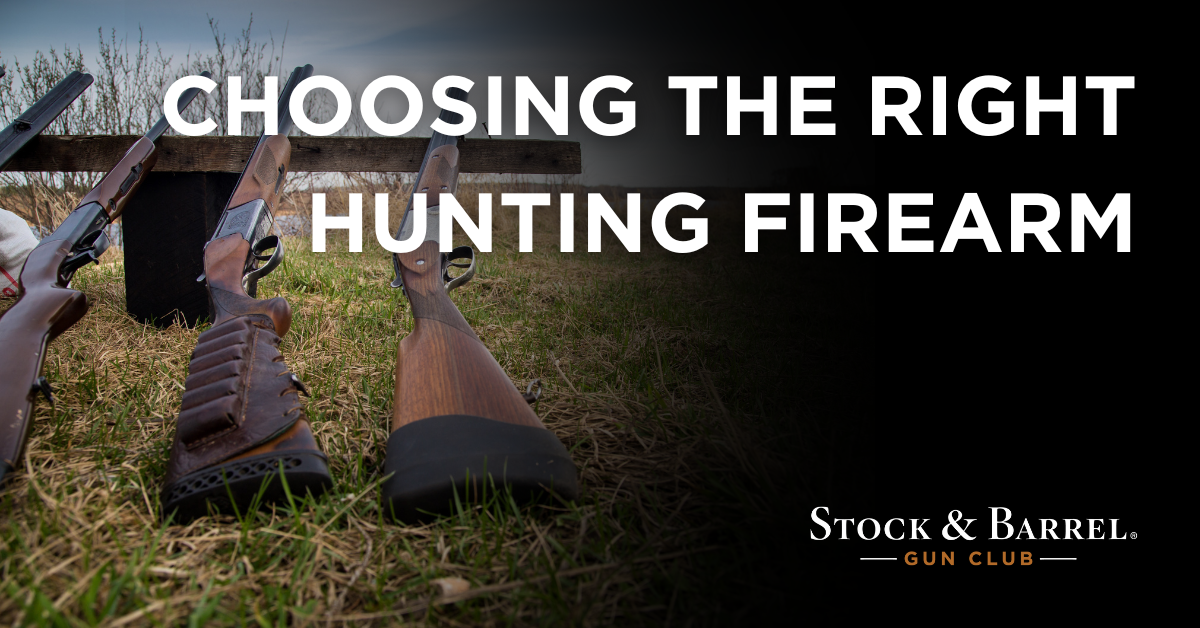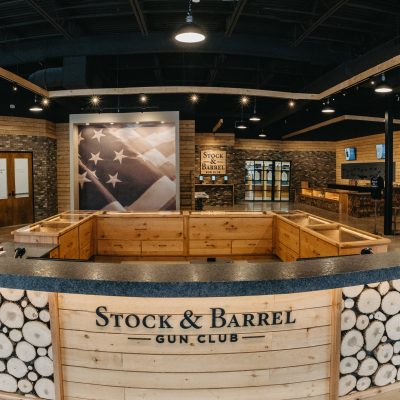Firearms are tools and, like any tool, it’s important to choose the right one for the job. When that job is putting meat in your freezer, the importance of having the right tool becomes a matter of whether or not you eat. An over-powered hunting firearm can damage excessive amounts of meat and introduce an over-penetration risk that could endanger other hunters. An under-powered weapon wounds an animal inhumanely, possibly resulting in lost game if they get away. So how do you figure out what the right choice is for you? There are several key factors to consider…
GAME
Perhaps the most immediate and foundational factor in choosing a hunting firearm is your choice of game. Overall size, hide thickness, bone density and movement patterns all factor into your choice of weapon. These are not the only factors but starting with your intended game and working backwards through the rest of the metrics below will provide a formula for selecting an ideal firearm for hunting whatever it is you’re looking forward to cooking this season.
LOCAL LAWS
Hunting laws and regulations vary widely from state to state, including specific seasons and specific limitations on the types of firearms that can be used to hunt. Some states restrict the number of rounds you can have in your magazine. Others have requirements physical on projectile caliber. Others still limit the cartridge themselves. For example, some states only allow hunting with straight-walled cartridges, which precludes the use of common “bottle-necked” rifle calibers like .223 and .308. Depending on the size of game you’re hunting, straight-walled options include .357 and .44 magnum pistol cartridges up to the massive .45-70 government for large game like bear and bison. In recent years, ammunition companies have started catering to hunters in straight-walled areas with specialty cartridges like .350 Legend and .360 Buckhammer, which can be great mid-size options for deer. These cartridges are great for lever action and break-action rifles, making them doubly beneficial for hunters, since they can be used in states with a straight-wall restriction and states with restrictions on hunting with semiautomatic rifles. Handgun hunting can be less restrictive, with many large-frame revolvers chambered in niche cartridges that are effective for hunting even large game, with calibers like .475 Linebaugh delivering enough power to take down Alaskan bear. If you’re not limited to straight-walled cases, the options expand quickly, from legacy cartridges like .30-06, .270 Winchester, and 7mm Magnum to newer options like .204 Ruger, 7mm PRC and more specialized cartridges like 6.5-284 Norma and .280 Ackley Improved. Those hunting with shotguns are typically limited in the number of shells their shotgun can hold. Many common hunting shotguns have small magazines, or tube inserts to limit the amount of rounds you can load for hunting purposes. (These inserts can sometimes be removed if using your shotgun for other purposes.) Finally, legal hunting seasons can impact choice of weapon. In particular, some areas have different seasons for centerfire rifles and muzzle loading rifles. If you want to extend your season, it may be worth looking into multiple types of firearms.
DISTANCE & TERRAIN
Caliber choice goes hand-in-hand with the distance at which you intend to shoot – a metric that every hunter must figure out for themselves based on factors like terrain, skill level, and comfort. How far do you feel you can reliably place effective rounds on your chosen game, and is that limited by the terrain? For hunters in the densely wooded forests of the Northeast, you may be limited by vegetation to a 100 – 200 yard shot regardless of skill or caliber. But for those hunting in the southwest or across the plains, cartridges like the aforementioned 6.5-284 Norma or 6.5 Creedmore are capable of hits at 1,000 yards. If you regularly practice to these distances and feel confident taking game at that range, choosing a cartridge that is ballistically up to the task become critical, with energy and bullet expansion become even more serious considerations.
Shotgun hunters have additional considerations, primarily shot size and choke. Bird hunting demands the use of smaller shot to avoid spoiling the meat. Those hunting singular birds at distance would benefit from tighter chokes to maintain a tighter shot group at longer distance, but if you’re hunting waterfowl that moves in flock (like geese) a larger gauge shotgun with less choke could enable you to take game more effectively at closer range.
CONCLUSION
Even with all of these factors applied, there is still a large amount of personal preference that will go into your final selection, as will things like price, weight, ammunition availability in your area, and so on. As long as you think critically, and are realistic about the conditions you will be hunting in, there are multitudes of high-quality hunting firearms for any game in any terrain.
OTHER BLOGS YOU WILL FIND OF INTEREST:
- How-To: Indoor Hunt Prep
- Ammunition Selection
- What to know when traveling with firearms
CLASSES YOU MAY BE INTERESTED IN:
- Basic Shotgun Orientation in Chanhassen or Eagan
- Intro To Competition Shooting Skills in Chanhassen





